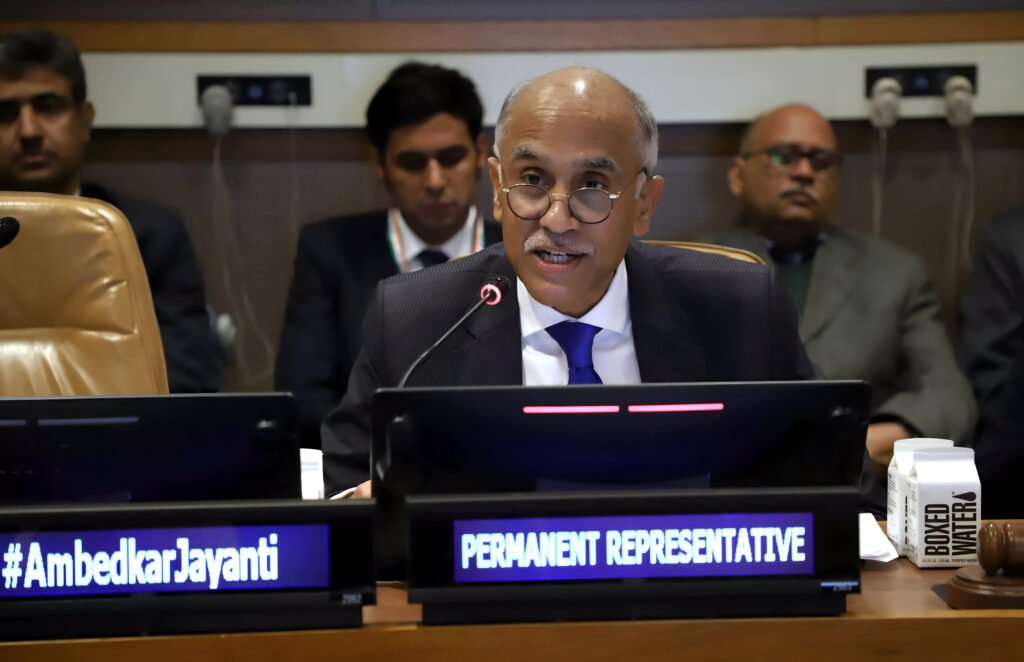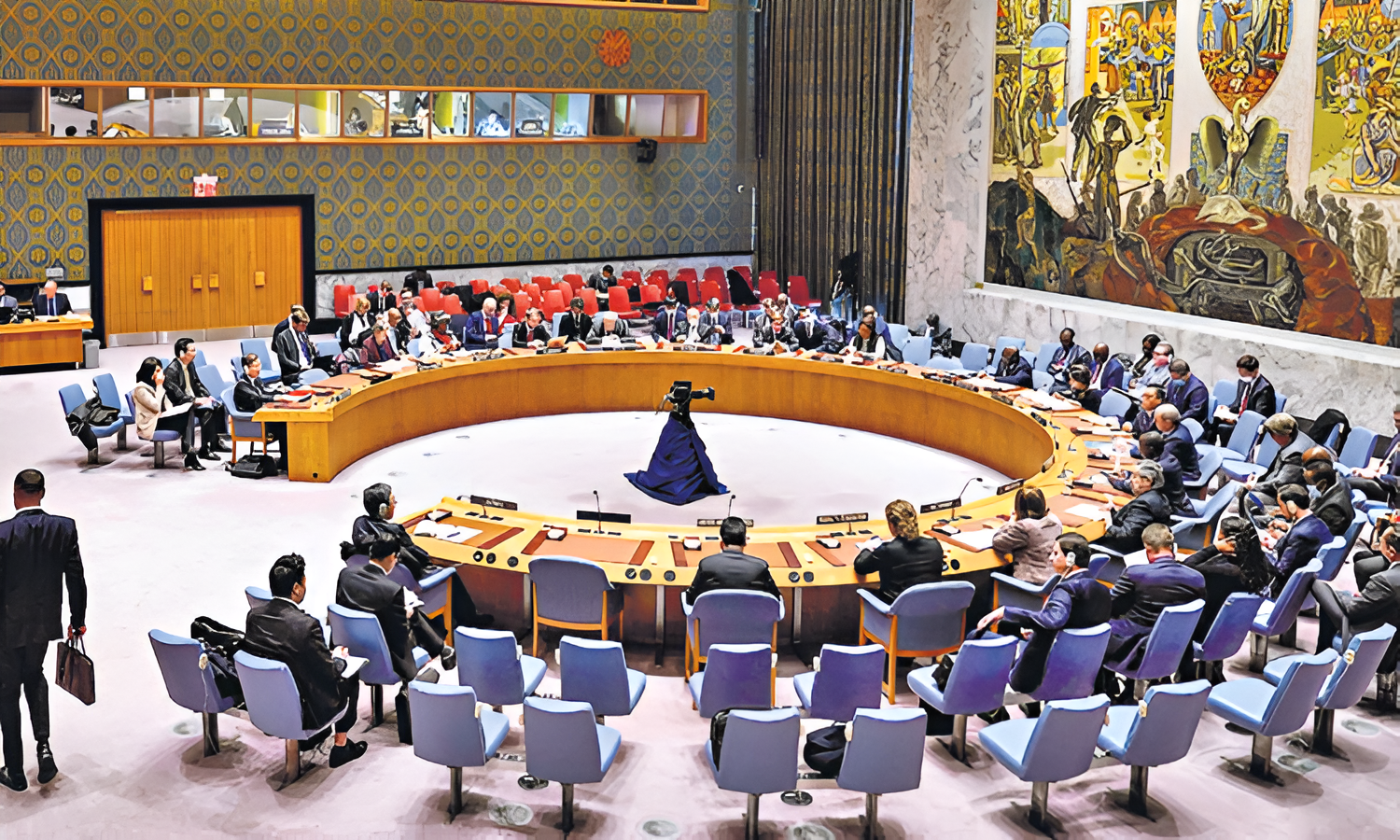
Religion vs. Geography of the United Nations Security Council: An Indian Perspective
From India’s view, the bid to attain permanent membership of the United Nations Security Council (UNSC) has remained one of India’s core unsought goals at an international level given India’s stature in geo-politics and its willingness to cooperate through multilateral forums globally. These goals are often complex to achieve as they get stuck in various other frameworks debates on religion representation versus region representation. In this piece, I will focus on these deep aspects of India’s quest and outline the extent to which religious factors affect the quest for more representative UNSC.
India’s Arguments for Geopolitical Representation
India, representing approximately over 1/6 of the globe’s population, has been at the forefront of advocating for a more inclusive and representative framework for the UN Security Council to reflect present international relations realities and demographic shifts. India’s Permanent Representative of the United Nations, Ruchira Kamboj, spoke of the need for representation of all regions and levels of development in the United Nations Security Council. The focus of India’s contention lies with the excluded regions of the world such as Asia, Africa, and Latin America in the permanent membership of the United Nations Security Council which includes the USA, United Kingdom, France, Russia, and China.
The Intersection of Religion and Representation
Although the bid has some regional considerations, the religious aspect often comes into play. Critics highlight the possible obstructionist factors regarding the treatment of religious minorities in India, especially with the current government in power. Professor Max Hilaire cited issues of a free press, the rule of law, and the human rights of the Muslim minority, asserting that these pointers are binding factors to India’s unsuitability for a permanent seat.

Opposition from the Uniting for Consensus Group
India faces stiff competition in its quest for UNSC reform from the Uniting for Consensus (UfC) group made up of Pakistan, Italy and South Korea. The UfC supports the status quo and does not want an increase in permanent members, preferring to enlarge the pool of non-permanent seats. India has countered this position by challenging the UFc model on how these representatives from Africa, Latin America and Asia are included.
The G4 Model: A Collaborative Approach
In collaboration with Brazil, Germany, and Japan, India has proposed the G4 model for UNSC reform. This model suggests expanding the Council’s membership to include six new permanent members, with two each from Africa and Asia-Pacific, one from Latin America and the Caribbean, and one from Western Europe and other states. The G4 model also displays flexibility on the contentious issue of veto power, proposing that new permanent members would not exercise the veto until a decision on the matter is reached during a review.
Navigating the Path Forward
India’s quest for a permanent UNSC seat is emblematic of broader calls for a more equitable and representative international order. While religious considerations present challenges, India’s emphasis on regional representation and its collaborative efforts through the G4 model underscore its commitment to constructive reform. As the UN approaches its 80th anniversary, the momentum for meaningful change in the Security Council’s structure continues to build, with India’s role at the forefront of this transformative journey.











